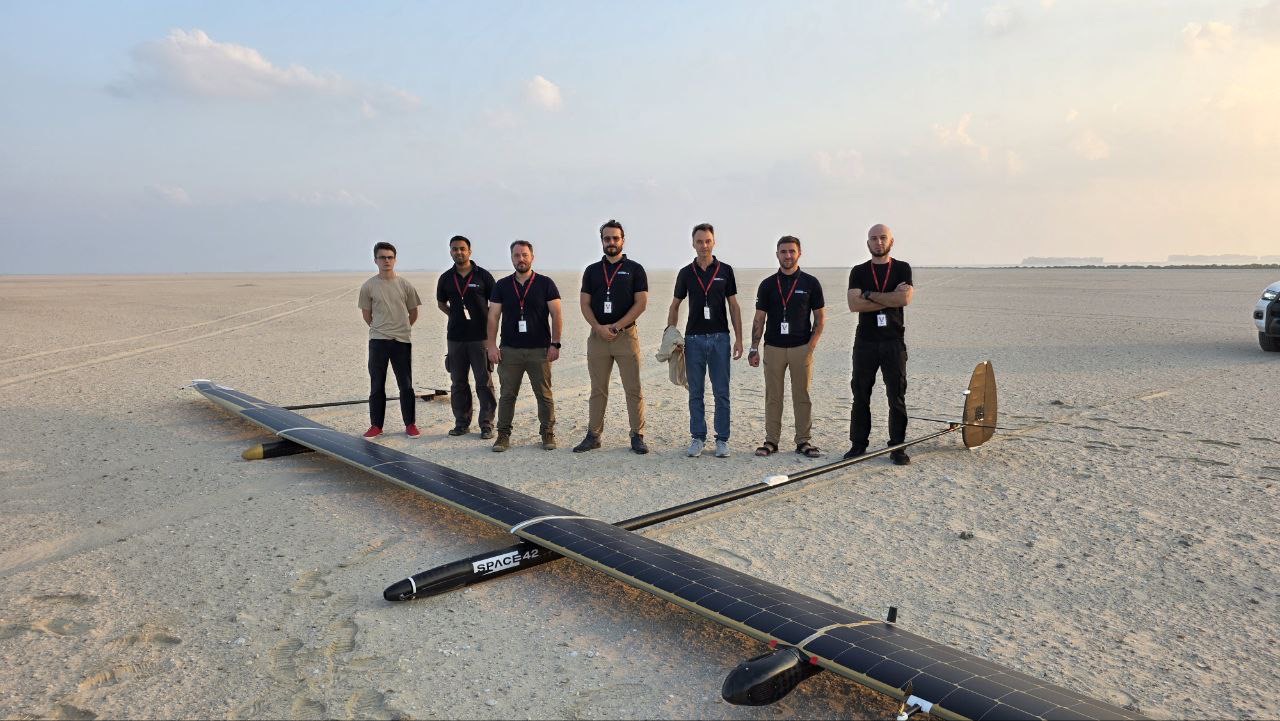UAVOS Partnership to Advance HAPS Technology for High-Altitude Missions

UAVOS has announced the successful completion of a test flight of Mira Aerospace’s High-Altitude Pseudo-Satellite (HAPS) ApusNeo 18, with UAVOS providing full engineering and technical support. One of the key objectives of the flight was to evaluate the jointly developed optoelectronic, gyro-stabilized aircraft POD (Payload Onboard Device) by obtaining imagery from altitudes ranging between 3,000 and 12,000 meters. During the mission, the POD captured high-resolution imagery with precise geolocation data from an altitude of 12,000 meters, achieving a Ground Sample Distance (GSD) of up to two meters. The test took place in Abu Dhabi, UAE, and lasted continuously for 48 hours.
The optoelectronic gyro-stabilized aircraft POD is equipped with an innovative automatic temperature control system for heating and cooling electronic modules, ensuring reliable operation in the stratosphere at temperatures as low as -70°C under rarefied air conditions. The system also provides radio communication at distances exceeding 100 km. The gimbal’s optical unit allows observation within a ±90° range with high-precision angular positioning. The payload housing features an aerodynamically optimized design, and the total payload weight is 3.6 kg.
The optoelectronic system integrates a GSTiR thermal camera and a Phase One 150-megapixel camera, specifically designed for aerial imaging and capable of delivering distortion-free image transmission, an essential advantage for mapping and cartographic applications.

Aliaksei Stratsilatau, Founder and CEO of UAVOS, said: “The successful cooperation with Mira Aerospace reflects our commitment to continuously advancing the capabilities of both companies. We also continue to work toward our ultimate goal of leveraging the HAPS platform for multiple applications, including mobile connectivity, border monitoring, mapping, forest fire detection, and emergency response.”
To extend the HAPS operational range, the test flight also incorporated a data-relay network based on ground modem repeaters. Each repeater is capable of providing a coverage area of up to 200 km. Aliaksei added: “The data-relay station trials were conducted in preparation for upcoming commercial flights in Europe, planned for the coming months.”
24 November 2025